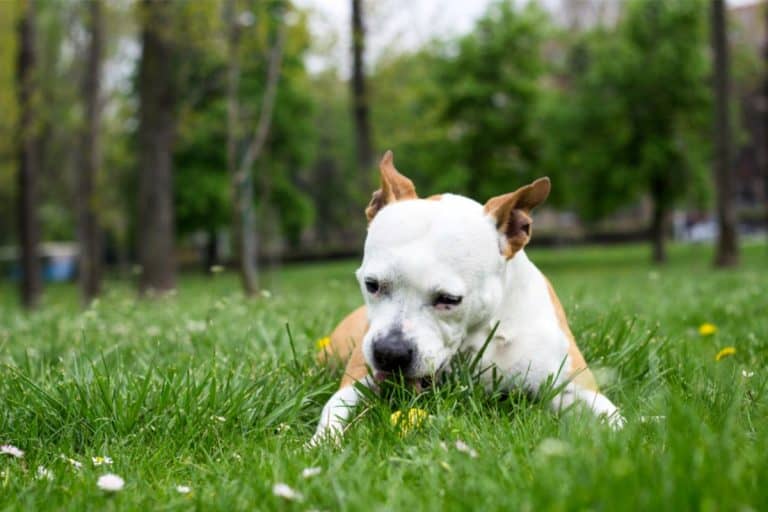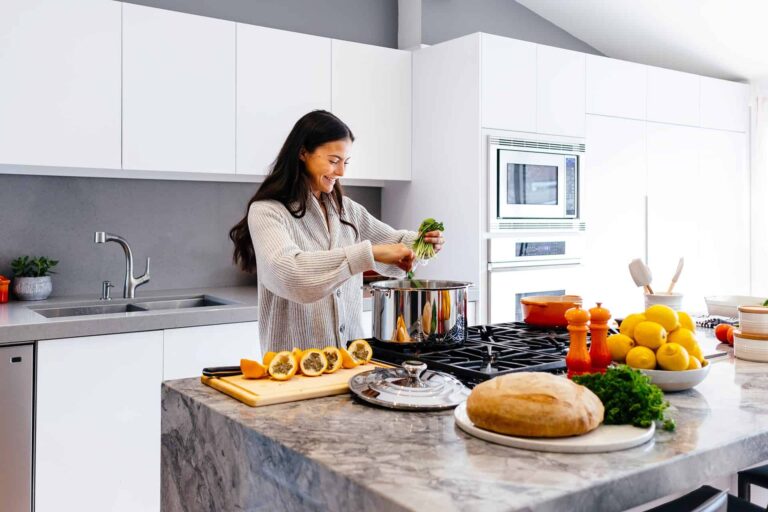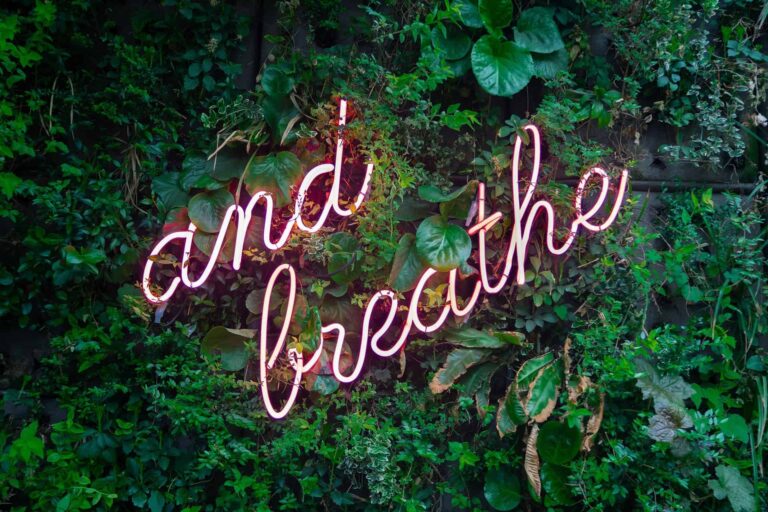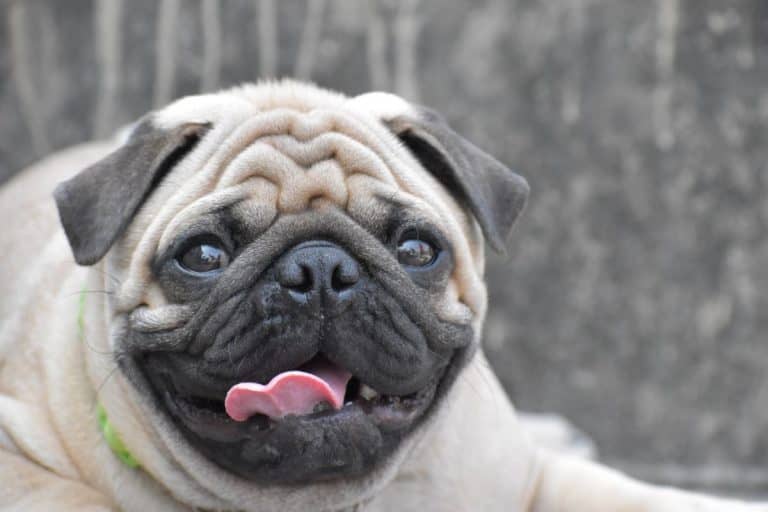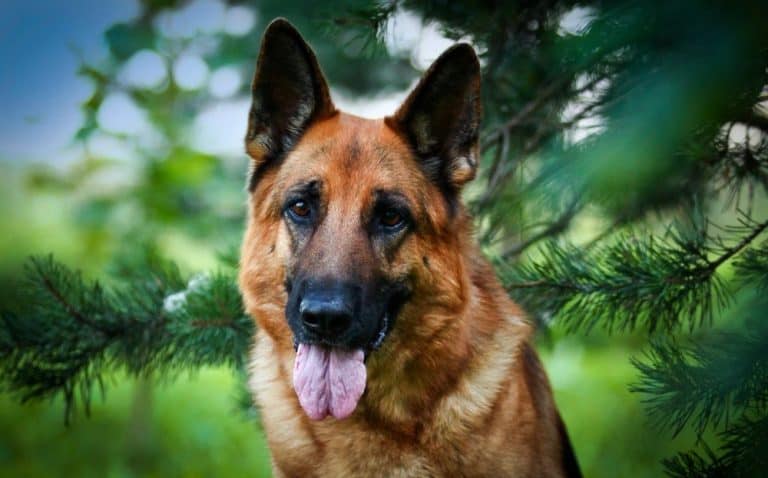Dog Suddenly Refuses To Go To The Bathroom Outside – Dog Won’t Pee Outside
Potty training your dog can be a hassle that you may not be ready for. It is also the reason why many may opt to not have one in the first place.
But even if you have managed to get a handle on the training, there may come a time when your dog suddenly refuses to go to the bathroom outside.
Some dog owners inform themselves with tutorials and books about how they can train their puppy to use the bathroom outside.
But many people are unsuccessful, and the dog may urinate in the corner of the room or on the carpet. This can make for a messy and smelly house.
In a frustrating situation like this, there are a number of options. That said, the first thing you need to do is understand the reason why your dog may have an aversion to using the bathroom outside.
The reasons are numerous because dogs go through certain developmental cycles in their lives just like humans.
This issue may be harder to control in some dogs more than in others. If a dog is already used to going outside and relieving himself, then the sudden change may point to another issue that is happening.
This could be a reinforcement of the wrong behavior through house training or an underlying health issue that you may be unaware of.
After you have uncovered the issue, you may be able to form a training strategy that would suit your puppy. The last thing they need is to be more confused.
This article will equip you with tips and tricks to get your dog to use the bathroom outside again.
Reasons Your Dog Refuses To Use The Bathroom Outside
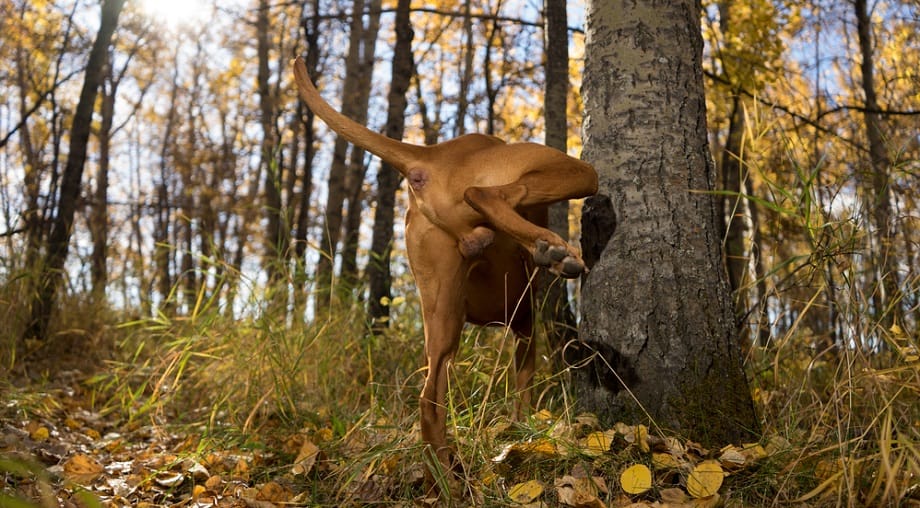
It is crucial that you find out the reason behind your dog’s change in behavior when it comes to using the bathroom outside.
If you find out what the problem is, you can address it head-on to be able to fix it once and for all.
The difficulty you have will most likely be one of the following:
Health Problems
If your dog is easing himself inside the house and this behavior has developed recently then it may be a medical issue that requires your attention. These are the most common issues that may cause this.
Cognitive Dysfunction or Dementia — Dementia and other cognitive issues may cause your dog to increase his water intake. You may have a senior dog who suffers from cognitive dysfunction and drinks water constantly even though he is properly hydrated.
This may be due to confusion or improper functioning of the brain causing him to forget. This may be doggy dementia as your dog may lose its memory with age just like humans. As a result, he may urinate on the carpet instead of the grass outside.
Incontinence — This is normal in older dogs, but younger dogs may suffer from this condition as well especially females.
You may notice said after she has been spayed due to a hormonal imbalance. Your dog may intend to go outside but cannot make it because of the muscles that control the bowel movement.
Diabetes or Kidney Problems — If your dog suffers from kidney problems or diabetes it may make him drink more water and in turn cause him to urinate frequently. He may also struggle with controlling his bowels as the need to urinate may be urgent.
Arthritis — This condition usually goes undetected because it has a slow progression. Arthritis may make using stairs painful, although dogs are stoic for the most part.
Going to the yard to relieve himself may be too challenging especially if the temperature is cold and damp. This may cause your dog to go to corners of your house to urinate.
Urinary Tract Infection — When your dog has a urinary tract infection they may feel the need to urinate frequently and urgently.
The good news is, the condition is treatable if you visit your vet who will diagnose and prescribe medication. If you have a dog breed that has a higher likelihood of developing urinary tract infections then your veterinarian can inform you of the best diet to prevent it.
Anxiety Or Fear Of Something Outside
If your dog is scared of the outdoors, it may cause him to use the bathroom inside to avoid whatever is frightening him.
For example, there may be fireworks or large machinery that makes him run inside. There may be other dogs that he is afraid of and to avoid any altercation he decides to relieve himself indoors.
Sometimes your dog could be using the bathroom outside and something scares him, so he associates outdoors with danger.
Other stressful environmental factors make come in the form of bright lights and loud sounds. There may be smells that he dislikes for whatever reason.
Additionally, some dogs who have been rescued from a shelter and have a past history of abuse may be anxious to go outside.
They may also have trouble going for walks and being on a leash. These dogs are particularly difficult when it comes to being trained and letting go of their fears, but it can be achieved with love and patience.
Inadequate House-Training
Sometimes behaviors that are constantly practiced become a deeply ingrained habit. So if you have adopted a dog that is used to peeing indoors then it may be quite difficult to eliminate this practice.
Your dog simply believes that peeing indoors is acceptable behavior. Or it may be a case where potty training was not completed.
In addition, your dog may get used to the idea of urinating indoors because they may have used pee pads. If they are accustomed to using pee pads they may get used to the idea of urinating indoors so making the switch may be a struggle.
In some cases, your dog may be confused if he is made to use the bathroom outside on some occasions and use pee pads on others.
With any type of potty training, you must be consistent. This is the key to forming new habits and getting your dog used to relieving himself outdoors.
Remember that puppies urinate more often, so you need to give them ample opportunity to do this. It is not good for them to hold up their pee more than is necessary.
Territory Marking
Dogs usually mark the territory, and it has nothing to do with emptying their bladder but for social reasons. This is more common in male dogs who like to mark their territory, however, female dogs can scent marks.
In cases like these, your dog may be urinating both Indoors and Outdoors. Spaying and neutering typically eliminate these behaviors as long as a habit is not formed.
Seasonal Changes That Can Affect Behavior
Grass pollen and bugs are more prominent in the summer. The dog may have skin flare-ups when exposed to certain plants. They may also have allergic reactions to insects like fleas and mosquitoes which make the skin inflamed and red.
If your dog scratches those areas it may become delicate to touch and sore. There may be even some hair loss. This may be a reason that your dog does not want to go outside next.
Solving this problem may be as simple as giving your dog some Benadryl or consulting your veterinarian if you see no changes.
Difficulty Moving Around
As your dog grows older they may suffer joint issues which would make it difficult to use the bathroom outside.
Old age is not something that you can train out of your dog, but you can make special accommodations for him as he may have trouble traversing the stairs and walking.
Consider building a ramp so that it would be easier for them to travel up and down the stairs. The ramp needs to have a grip but a flat surface. Also, a doggie door may be beneficial to them as they can easily get in and out of the house in a quick time.
The pain that they feel as they attempt to move around as they used to, can cause sharp pain. If you notice this, then you should visit your veterinarian who can prescribe pain medication that helps with the pain.
There are also special diets that can help slow down the degradation of joints. The medications will most likely be hidden in their meals so that it would be painless for them to take.
Encouraging Your Dog to Use the Bathroom Outside
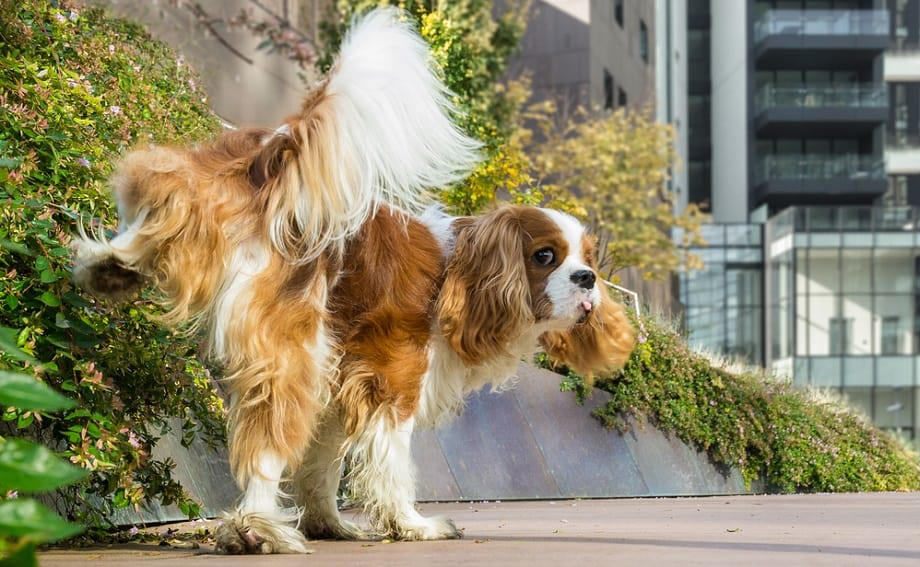
To encourage your dog to use the bathroom outside you need to get to the root of the problem by consulting your veterinarian who will let you know if there is an underlying condition.
There are conditions that may be making the process hard such as urinary tract infections, incontinence, or arthritis.
These can be treated with medication so that the issue will be solved.
After ruling out the medical issues you can implement a few strategies how to train your dog in the way that you want.
Look at your house training methods. It is important to review the house training techniques that were employed previously.
Then maybe something you are missing that is causing your dog to relieve himself indoors. If you can’t find the problem then it may be a good idea to scrap that climb and start all over.
When you take your dog out for a walk, ensure that he is urinating. This is especially critical for younger dogs who have shorter attention spans and forget to use the bathroom because they are wrapped up in exploring a new environment.
It is better to have him urinate in one place so that a routine is formed.
Reward your dog properly when she urinates or poops in the correct place. This may be a treat or simply an act of praise like a pat on the head.
Younger puppies may not empty their bladder in one go, so you should take them back to the same place to relieve themselves. Make sure that you supervise your puppy so that you do not miss any cues that may be confusing them.
If your dog is displaying signs that they want to urinate or poop like sniffing the floor in a circle, then quickly place them on a leash and take him to the pee spot.
Remember that consistency is key so do this as many times as you can while giving rewards, until a habit is formed.
Have Your Dog Ring A Bell
Some dog owners prefer to have their dogs alert them when they would like to go outside to use the bathroom. They have a doggie doorbell that their dog would ring, which signals that they need to relieve themselves.
The dog would ring the doorbell with its paw or nose. However, it takes a bit of training to get your dog accustomed to this process.
Your dog needs to associate ringing the bell with going outside. To do this you must condition him by reinforcing the behavior that you would like to see displayed.
Whenever the action is done correctly you can give your dog praise or treats but remember not to overdo it with treats because it tends to lead to obesity.
Give your dog praise by gently rubbing the head or speaking in an affirmative tone.
It may also be a good idea to remove the bell when it is not in use especially while she is still adapting to the training.
You do not want to confuse your dog by having them ring the bell with no associated behavior.
Remove Lingering Odors In Your House
Just like humans, dogs are creatures of habit. So it is not uncommon for them to urinate and defecate where they have done so before.
Dogs also have a strong sense of smell, so they may find the odor of the poop and pee and do the same thing there again.
You can solve this problem by cleaning up the area so that they do not smell the spot and relieve themselves there again.
It may be a good idea to use a strong disinfectant when cleaning the area so that the scent will totally disappear.
Also do not forget the walls, because when dogs urinate they lift one leg and urine may splash on the wall and surrounding area.
The carpets may require specialized carpet cleaners so that all the odor is will be removed.
Find The Root Cause
You need to get to the root of the difficulty to solve it. By analyzing your dog, you may be able to solve the problem by understanding why he has changed his behavior.
Eventually, you will be able to pinpoint when the behavior started and what caused it.
It would be difficult to get your dog to go outside if he is afraid of something out there. Remember that animals suffer trauma and develop irrational fears just like humans.
They also form habits so if they are used to using the bathroom indoors it may be a challenge to curb the behavior.
It is totally reasonable to be upset as a dog owner when priceless possessions have been soiled or damaged because of your dog’s actions.
But a little patience goes a long way because adult dogs have the intelligence of a two-year-old child. They need to be taught proper behavior.
Make Bathroom Time A Fun Experience
Spending time outdoors should be a positive experience for your dog so that using the bathroom outside will come naturally.
Since dogs thrive in structure and routine, you should get them in the habit of using the bathroom outside during or after a fun activity.
You can also use this time to give them treats and praise when the deed is done. You can pet them and encourage them after they go outside to potty.
Remember that you need to be patient while training them as they may not form a habit from one occasion. But with time they will begin to understand.
If they have had bad experiences with the outdoors, you should do your best to create a new positive association. This may remove any fear or anxiety they have.
The purpose of the training is to make your dog understand that using the bathroom inside is bad and using the bathroom outside is good.
Use Pee/Poop Training Sprays
There are pee and poop training sprays available for sale that may work for your dog. The idea behind these sprays is that dogs like to relieve themselves where they have done so in the past. These sprays contain pheromones that mimic dog poop or pee.
This has helped some dogs to go to the designated spots where the spray was emitted. However, not all dogs like to relieve themselves where other dogs have done so. So this may actually work against you.
Your dog may want to continue going to the bathroom inside since the spray was emitted outside. This method should not replace proper training, but you can still give it a try as it may not hurt.
Use Pee Pads Or Litter Boxes
Small dogs may have trouble going outside. Additionally, some people live in apartment buildings so going outside would not be an option unless you are taking your dog for a walk.
Even still, in some weather, it may not be possible. In this case, you need to look for alternative options. You need a different method of letting your dog use the bathroom.
Some dog owners use pee pads or litter boxes for dogs as they may be the only alternative to having your dog use the bathroom all over your apartment.
These options need to be used consistently and correctly so that your dog forms a habit. They should be fresh and cleaned regularly for your dog’s use.
Hire A Professional To Help
A professional may be able to come and recommend the best course of action to train your dog properly.
Do not discount expert advice because professionals do this for a living, so they might notice something that you are totally unaware of.
Steps To Train Your Dog
Step 1
Routine will benefit your dog so make sure that he is fed at the same time every day because this consistency will be helpful when he is ready to relieve himself. It may happen around the same time every day as well.
Step 2
Give your dog enough opportunities to relieve himself outside. If you have the time, make him outside every hour so that the opportunity is presented and the habit is formed.
Older dogs have better control of their bowel movements, but puppies have a harder time. So keep this in mind as you train.
Step 3
Control your dog’s movement with a leash. Using a leash, you can lead him to the exact area that you want in the yard because not all areas will be ideal.
By putting a leash on your dog you can streamline him into the exact spot you want him to relieve himself. Places like the front yard or driveway may not be what you want. Keep him in that spot until he uses the bathroom
Step 4
Give rewards when your dog uses the bathroom in the area. You want him to speak. Enthusiastically pet him and tell him that he did a good job go get him small tree bugs do not overdo it.
Step 5
Monitor your dog carefully as this is what will allow you to find out why the behavior was changed. Also, look for Hughes that he is about to use the bathroom like sniffing the ground and circling the area, some dogs also scratch the ground.
Step 7
Fervently stop him when he is using the bathroom in the wrong place. Be forceful but not abusive. Take him to the yard, on a lease straight away.
Final Words
The good news is that all dogs can learn to use the bathroom outside despite the breed, but some breeds can potty-train a bit easier than others.
This is mainly because of size and ability to get outdoors In the first place. Smaller dogs may have a harder time getting up and downstairs.
Additionally, some dogs do better outdoors depending on the season. There are some dog breeds with a high tolerance for cold while others have a harder time and prefer to relieve themselves inside.
Remember also that smaller breeds have smaller bladders, so they may suffer accidents.

